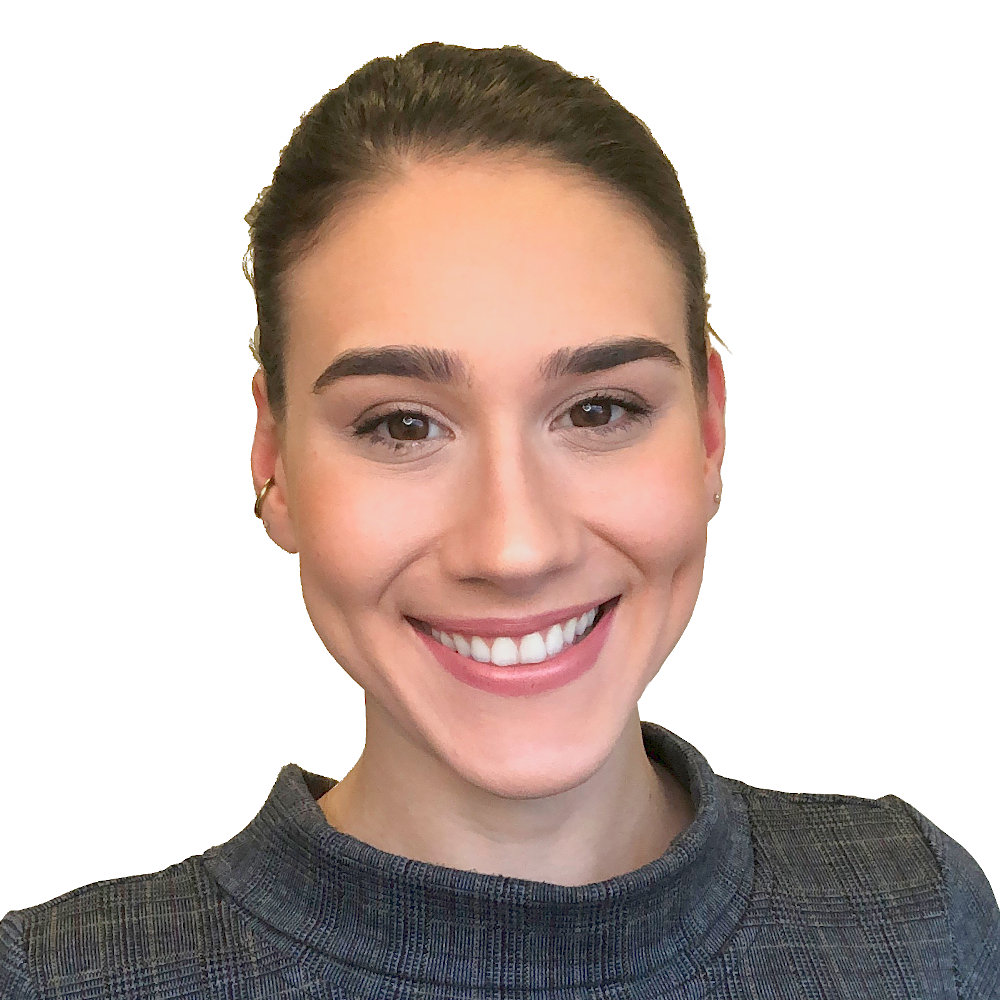Contributor
This chapter was written and developed by Beatriz Negreiros 
Supervised Learning#
Existing ML algorithms are various and their applicability depends on the target task (or mapping) to be learned. Perceptron, Support Vector Machine, Pegasos, Decision trees, Random Forests, Neural Networks, are all examples of ML algorithms that follow a supervised learning approach, which is the focus of this section. This section has the following objectives:
Understand the overall concept of machine learning
Understand elements of supervised learning
Elements of supervised learning#
In supervised learning, we are given examples (i.e., measurements) along with the target solution (i.e., labels) that we wish the ML model to learn how to map. By contrast, in unsupervised learning problems, we are given examples but we do not know the target solution, or labels. A typical example of unsupervised learning problem is clustering.
Training and testing#
The goal of a ML algorithm following a supervised learning approach is to find out how to reproduce the target solution from training examples. Thus, a ML model is a function that maps the target solution from the set of parameters of the examples. We begin by hypothesizing a set of possible mappers (or functions) that take a set of parameters (or features) as arguments/input to yield the target solutions. We thus define the hypothesis space as the set of possible models (classifiers, regressors). The algorithm will then automate the process of finding the best model parameters (i.e., the best model) that agree with the example-label pairs. This is done by optimizing the model on the hands of a training dataset (\(S\)).
Our machine’s target is to find an in-to-output rule, which is noted by a mathematical function \(F(x)\), so that:
where \(x\) are our attributes, also know as features, \(y\) are the dataset labels, the target values we aim to map.
Our task is to find the best hypothesis (or best model) \(h_{best}\) among the set of hypotheses \(\mathcal{H}\). We do this by updating our hypothesis every time we loop through a selected number of training examples, thus computing an improved hypothesis \(h_{t+1}\) from our current hypothesis \(h_t\). Intuitively, if \(h_t\) misclassifies a particular training pair \((x_i, y_i) \in S \)(training dataset), then we would like \(h_{t+1}\) to be like \(h_t\) but nudged toward accurately classifying \((x_i, y_i)\). To make \(h_t\) less bad on a training example \((x_i, y_i)\), we will nudge \(h_t\) in a tiny bit along the negative of the derivative of the optimization function (\(\nabla C_t\)). Such optimization method is called Gradient Descent (GD), because we use the gradient of the optimization function to update our hypothesis toward a better version.
This is how the update would look like:
where \(\eta_t\) is the so-called learning rate.
Note that the hypothesis (model) is here a vector of model parameters (not to be confused with features), also called weights for some ML algorithms.
Optimization function: Loss and Regularization terms#
The process of improving our hypothesis (or model) consists of an optimization problem, where we wish to minimize an optimization function (\(C\)). Intuitively, we would like to minimize discrepancies between predicted and actual values of \(y\). These discrepancies are expressed in terms of a loss function that quantifies how well our model performed at a given example pair. At the same time, we do not wish that our model minimizes so much the loss function, and thus is so fitted to the training data, to the point that it is not applicable to a brand new dataset anymore. For this reason, we introduce a regularization term that aims at minimizing the complexity of the model. Finally, our optimization function would be:
where \(n\) is the number of training examples.
There some reasons why we do not wish to overfit our model to the training dataset. First, our training dataset may contain statistical noise that we do not wish to capture with our classifier. The figure below illustrates the concept:

In the figure, we can clearly see that the green line is overfitted to the training datapoints denoted by two classes (blue and red points). The black line is probably a satisfactory decision boundary to split the red and blue points.
The second reason why we do not wish to overfit our model is because, at the heart of machine learning problems, our goal is to be able to apply a model that learned from a training dataset to the world data. Thus, we wish that our model generalizes or applies correctly what was learned to a broader, unseen dataset. To verify if our model is performing well, it is not enough to minimize the training error. We must test the learned parameters on an unseen dataset, the so-called testing dataset.
Keep in mind
It is unlikely that our model will deliver better results in the testing than in the training data, but there is an ideal scenario that we wish to achieve, that is, to minimize both the training and testing error. We will cover this topic in the section about cross-validation.
Classification and regression#
More broadly, a ML model can be trained to learn how to predict categories or continuous values. In both these approaches, we will use the concepts above to build a classifier or a regressor, respectively. The main difference will be in the way how we compute the training error, or loss. In the next sections, we will cover both problems from a supervised learning perspective.